wikiHow is a “wiki,” similar to Wikipedia, which means that many of our articles are co-written by multiple authors. To create this article, 22 people, some anonymous, worked to edit and improve it over time.
wikiHow marks an article as reader-approved once it receives enough positive feedback. In this case, 94% of readers who voted found the article helpful, earning it our reader-approved status.
This article has been viewed 153,526 times.
Learn more...
Reusable cloth menstrual pads are a great way to go green and treat your body and your wallet better. A lot of people are put off because they think washing is very hard, but its really very easy once you get used to it. You can wash them one of three ways- by soaking them first, by rinsing them first, or by taking them into the shower with you- and then washing them with your other clothes. You can use whichever method you prefer.
Steps
Soaking Method
-
1Select a tub. Choose a large jar, container, bucket etc for your pads to be soaked in. Jars are particularly good as they have a lid and therefore won't spill. Large jars available cheaply from discount stores are a great option. You can hide it in your cupboard or under your bed if you don't want others to see it, or you can put it in a decorative cloth bag. Options when you are travelling include leak-proof plastic containers or leak-proof Ziploc style bags.
- Alternatively, if you are just out for the day or at work, most pads can be folded so the soiled part is in the middle. You may wish to rinse the pad in the sink, or simply place the pad in dry in a protective bag such as a Ziploc bag. You can also purchase reusable cloth "wet bags" similar to diaper bags from many cloth pad sellers. Ensure you soak the pad when you get home so as to prevent stains setting in.
- Soaking or rinsing soon after use is essential to prevent stains from blood, urine or discharge setting in.
-
2Use cold water.[1] Hot water sets in stains. When you remove your used pad, place it in the jar and fill with cold water. If the pad is heavily soiled, rinse it in the sink before putting it in the water. Optionally, you can add one of the following to the soaking water: a dash of lemon juice, a dash of white or apple cider vinegar, or 2-3 drops of lavender, tea-tree or eucalyptus oil (use good-quality essential oils, not cheap poor-quality versions). These all prevent musty bad smells, and are gentle but effective antibacterials/ antimicrobials.
- This is particularly important if you have a thrush (candida) infection. once you cure the infection, you must disinfect the pads by soaking as mentioned above. The sun is also very effective at killing germs- hang your pads out in the sunlight for the day if you're worried about germs.
- It is not recommended to use hospital grade disinfectant soaps such as Dettol as these can encourage "antibiotic resistant bacteria" to flourish.
Advertisement -
3Change the cold water if it appears dirty, soiled, begins to smell, or every couple of days.[2] Changing the water too often can be a waste of water if you are environmentally conscious. By rinsing a heavily soiled pad before you put it in the tub, you can prevent the need to change the water before wash day.
-
4Add the rinsed pads to the laundry on wash day (don't add the soaking water- pour that down the sink safely. Don't pour it on the garden as the water contains blood and body fluids as is therefore unsafe.)
- Usually, the pads can be safely added to your general laundry, and don't need to be on a separate load (that can use up extra water/ energy). Try to wash with dark colours, just in case. Washing does an excellent job of washing away stains and germs, so there is no real need to be concerned over germs going onto other clothes. If you are concerned, you can a dash of white vinegar to the Rinse compartment/ cycle of your machine- it is a natural and safe disinfectant. If there are stubborn stains on your pads, you can use anything from baking soda pastes, to sunlight, to commercial stain removal products to remove them.
- Dry hanging straight on the line so they'll sit nicely in your underwear and won't crinkle and be uncomfortable.[3] If you don't want other people to see them drying, you can purchase a small clothes horse or clothes hanger and hide it in an unused corner of the house or your bedroom.
- You can iron pads that are completely made of natural materials such as cotton/ flannel, but never iron pads that contain synthetic (eg microfibre) or waterproofing (eg PUL) materials as they will melt. Never iron over buttons or press studs as they will melt.
Rinsing Method
-
1Remove your used pad.
-
2Put it in the sink and turn on the cold water.
-
3
-
4Hang to dry or place in soaking tub.
-
5Wipe sink area with a rag or paper towel to make sure it is clean.
-
6Wash pads in the washing machine and dryer with your other laundry.[5]
Shower Method
-
1Lay down the pads on the floor of the shower with the dirty side facing up.
-
2Allow the pads to soak up the water while you take a shower.
-
3Wring them out when you are done with your shower.
-
4Leave them out to dry or add to your soaking tub.
-
5When you are ready to do your next load of laundry, toss the pads in the laundry basket and wash them with your clothes. This method is more discreet and might be preferable to those who live in dorms or share a bathroom and don't want to rinse out their pads in front of other people.
Things You'll Need
- Reusable cloth menstrual pads
- Soaking tub(s) if using the soaking method
References
- ↑ https://ecofemme.org/how-to-wash-cloth-pads-part-1/
- ↑ https://www.greenchildmagazine.com/making-the-switch-the-benefits-of-cloth-menstrual-pads/
- ↑ https://ecofemme.org/how-to-wash-cloth-pads-part-1/
- ↑ https://menstrualcupreviews.net/reusable-cloth-pads-faqs/
- ↑ http://cottonmermaid.com/wash-and-care-faq/
- ↑ https://www.cleanipedia.com/gb/laundry/how-to-remove-dried-blood-stains.html
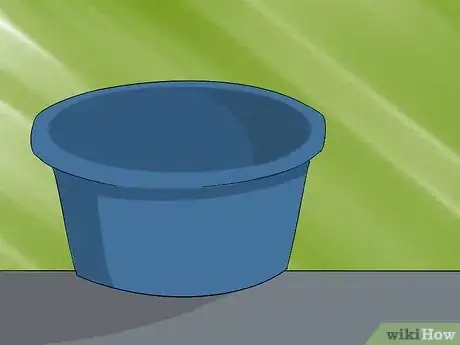
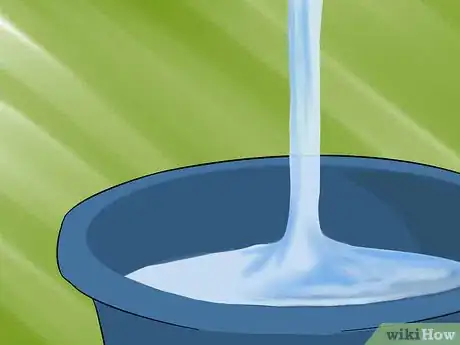
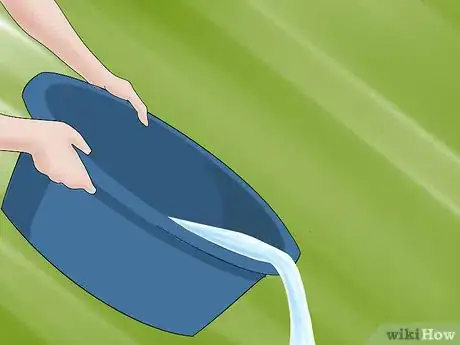
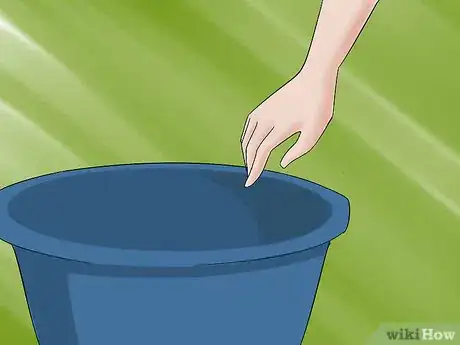
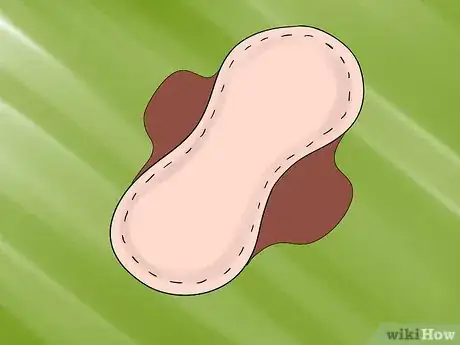
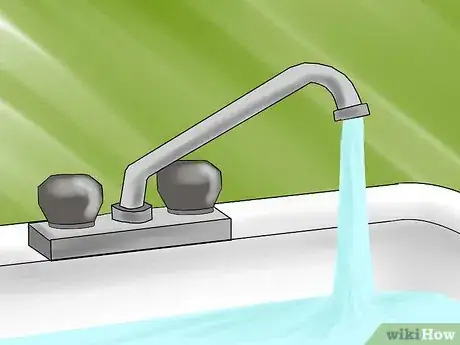
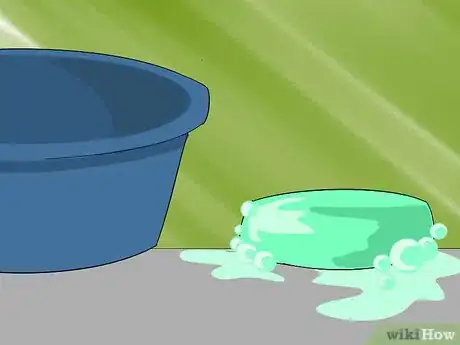
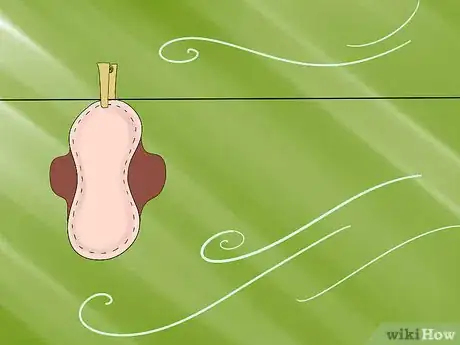
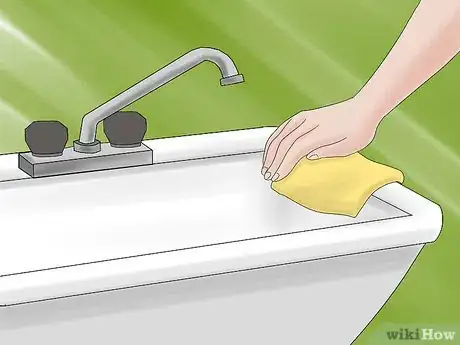
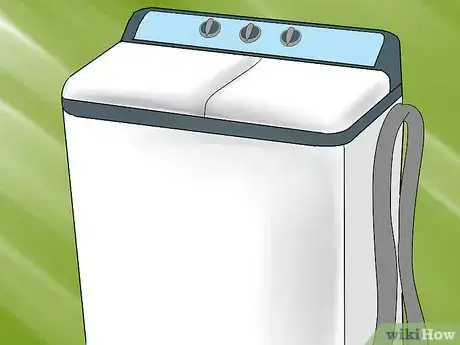
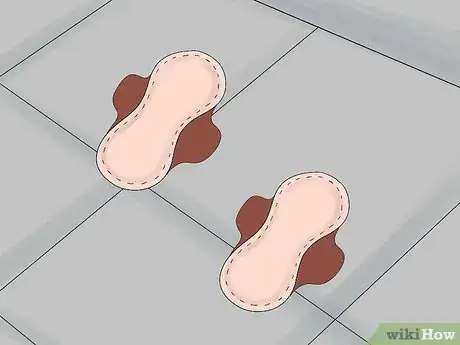
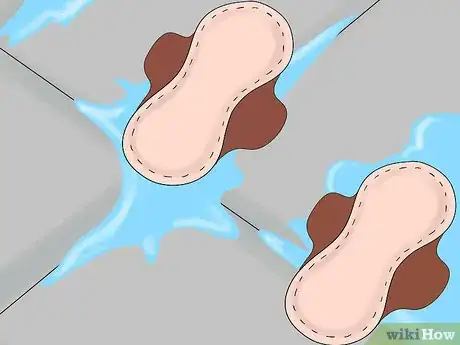
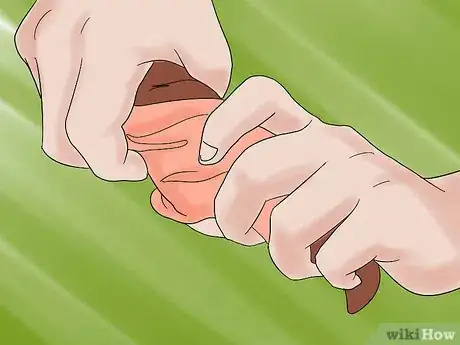
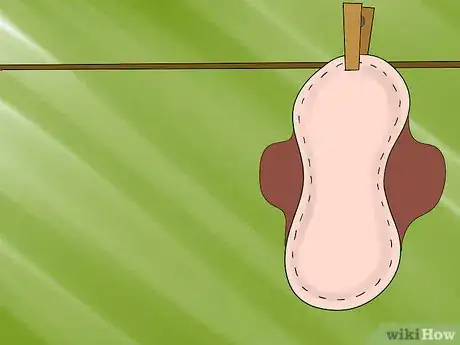
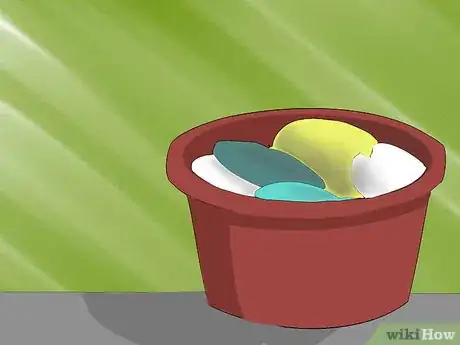
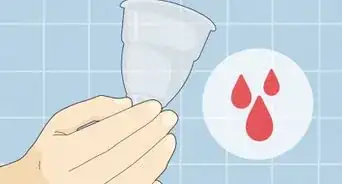
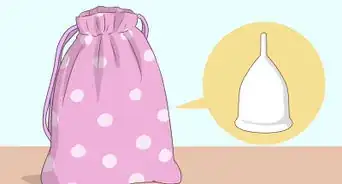
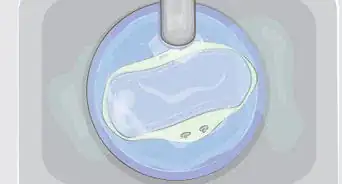
-Step-14.webp)
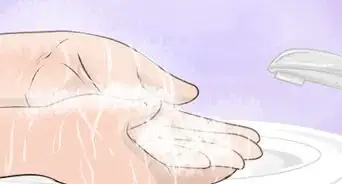


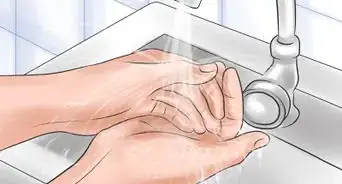
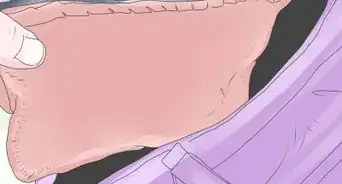

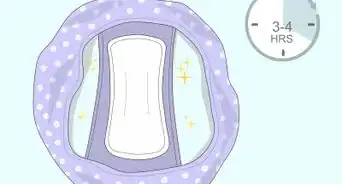
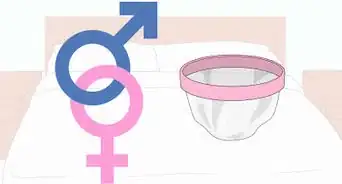
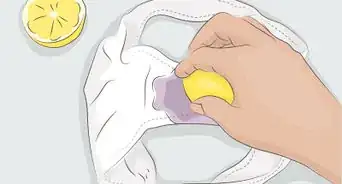
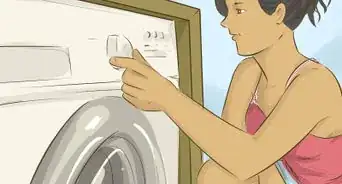








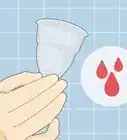
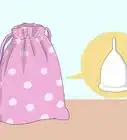
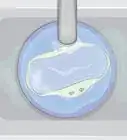
-Step-14.webp)


































